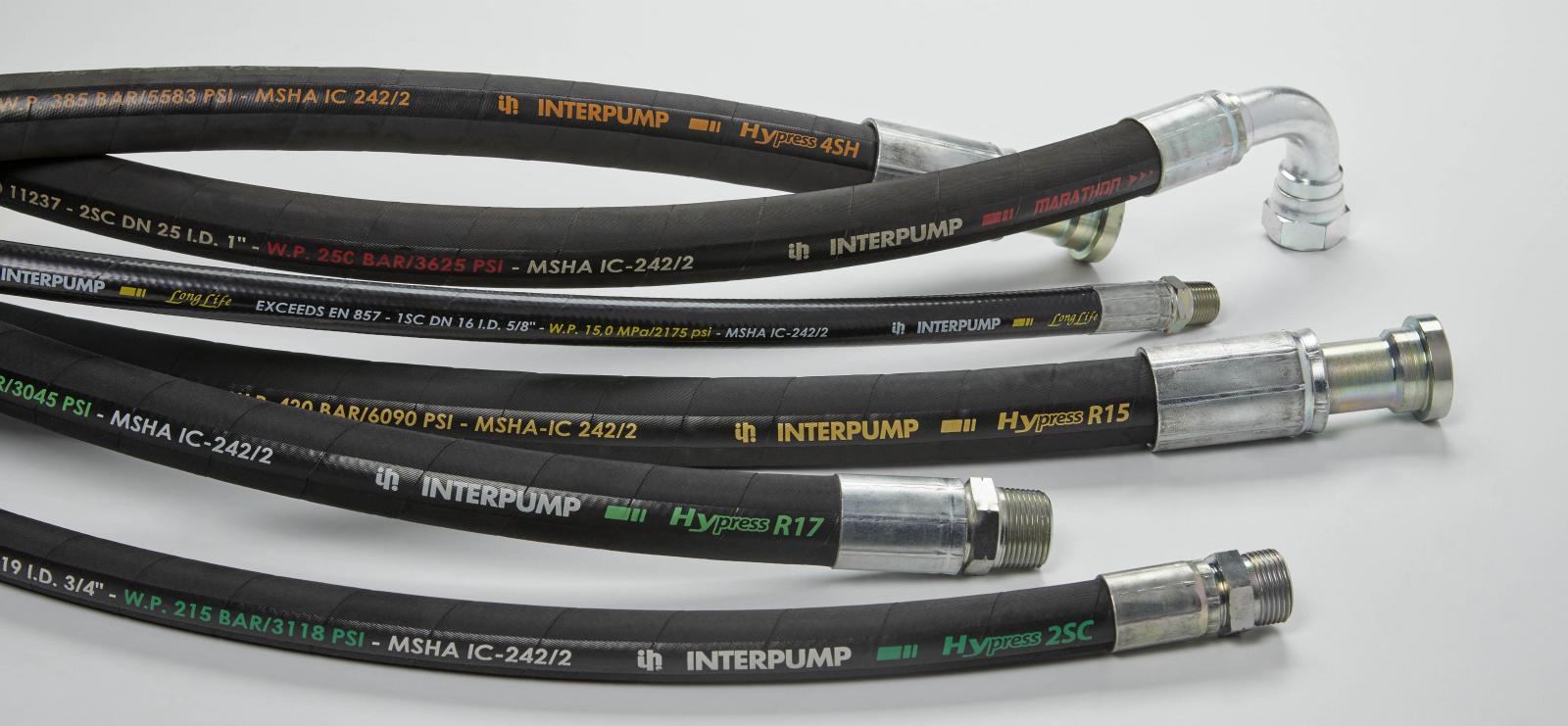Hose and fittings play a critical role in the hydraulic system


They are the arteries that connect all the plumbing within the system. They transfer the power output of a pump to the actuator, such as a cylinder or motor, to do the work at hand. It is imperative to make sure you select the proper hose assembly for your application as well as perform proper maintenance.
This article will help identify some of the key things to look for.
S.T.A.M.P.E.D.
When selecting a hydraulic hose an easy thing to remember is the word STAMPED, which is an acronym that stands for Size, Temperature, Application, Media, Pressure, Ends, and Delivery. Each and every one of these elements are key when selecting the proper assembly for your application.
The size refers to the inside diameter of the hose, although the outside diameter is also needed when working within a confined space.
You also need to understand the temperature of what’s running through the hose—it’s important to know that the chosen hose will withstand the highest temperatures it may see.
Application refers to the application and environment in which the hose will be used.
Media specifies what is being ran through the hose.
When reviewing pressure, it is critical to know both the PSI limit, as well as the safety rating, to understand the burst rating of the hose.
You also need to understand what types of ends will go on the hose, including the thread style and the material.
And lastly, what the delivery requirements are for the hose.
Understanding your minimum burst pressure and safety factor
As mentioned above, one of the most important things to know when selecting a hose assembly is the safety factor, or minimum burst pressure.
Most hydraulic hoses should have a minimum burst pressure that is four times the working pressure. So, if your working pressure is 2,000 PSI, the minimum burst pressure would be 8,000 PSI, but you should never push the hose beyond the recommended working PSI limit. Working pressures are what should be used when designing a hose into a system, not the burst pressure.
Most hoses should have a 4:1 safety rating, but there are times where they have safety factors that are less, such as with static applications that will not be susceptible to impulsing. Typically, you will see 2.5:1 safety factors on hoses rated for static pressure applications. You must ensure you are comparing similar safety factors when comparing products among manufacturers.
Hose and fittings that match
While it may still be a common practice, it’s not recommended to mix and match hose and fittings. When selecting both the hose and fittings for your assemblies, it’s important to know that they are compatible, or that they have been engineered and tested to work together.
Products that aren’t built or tested together may compromise the specification ratings provided and can create an unreliable hose assembly—leading to a liability concern or reduced performance. When pairing unproven products together, you may also compromise the safety ratings mentioned above, increasing the chance of blowing a hose and leading to a potentially serious incident. When this happens, it’s difficult to identify the exact cause and warranties can be nullified. Who was at fault, the hose or the fitting manufacturer?
You also shouldn’t forget the crimping process. Not only is it important for the products to be compatible, but you also need to ensure you are using equipment that has been tested to properly crimp your assembly.


